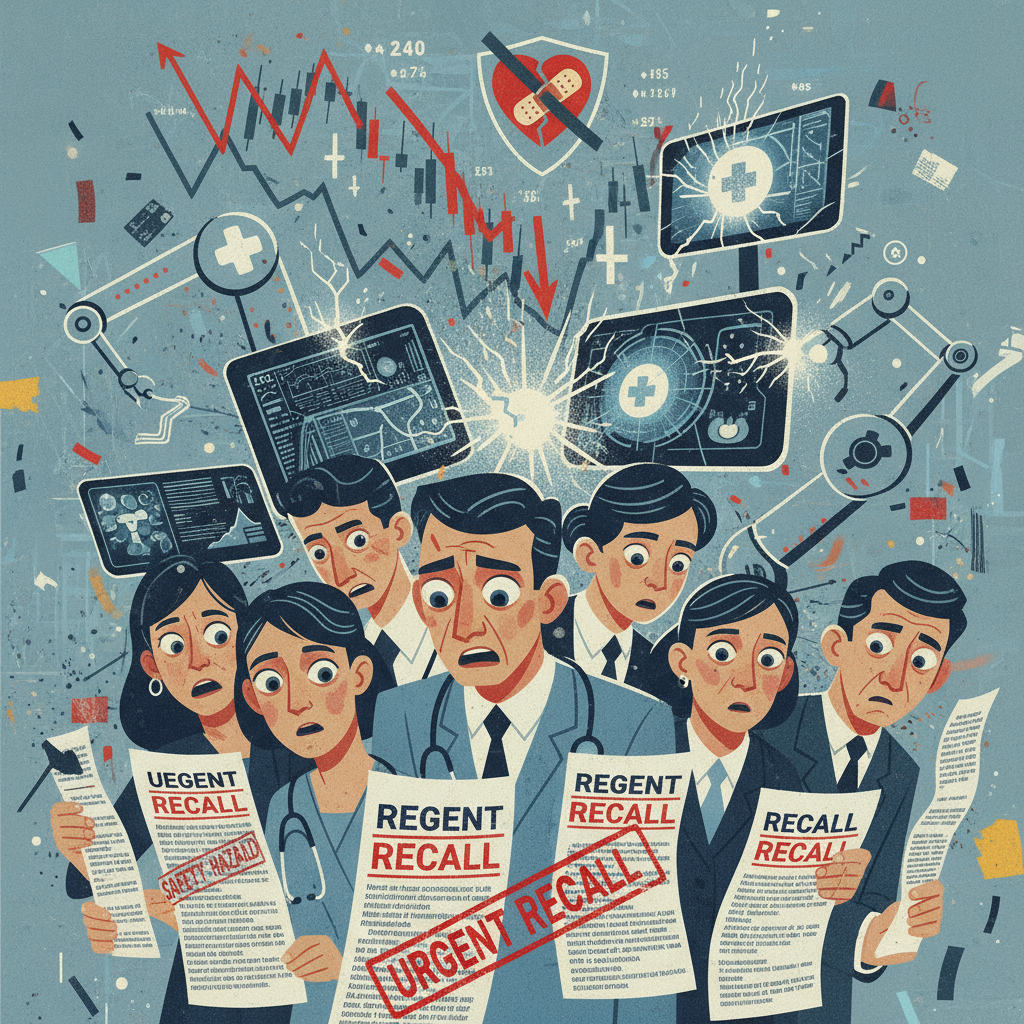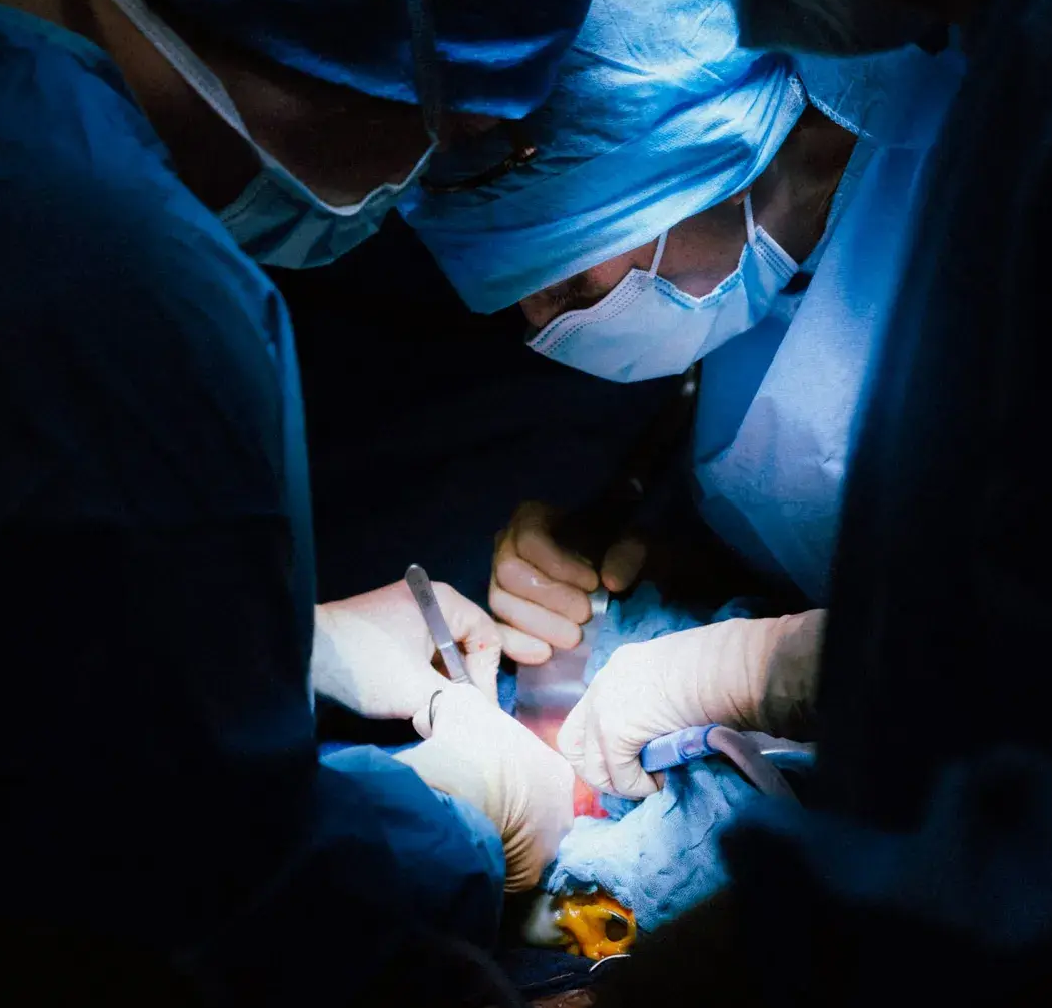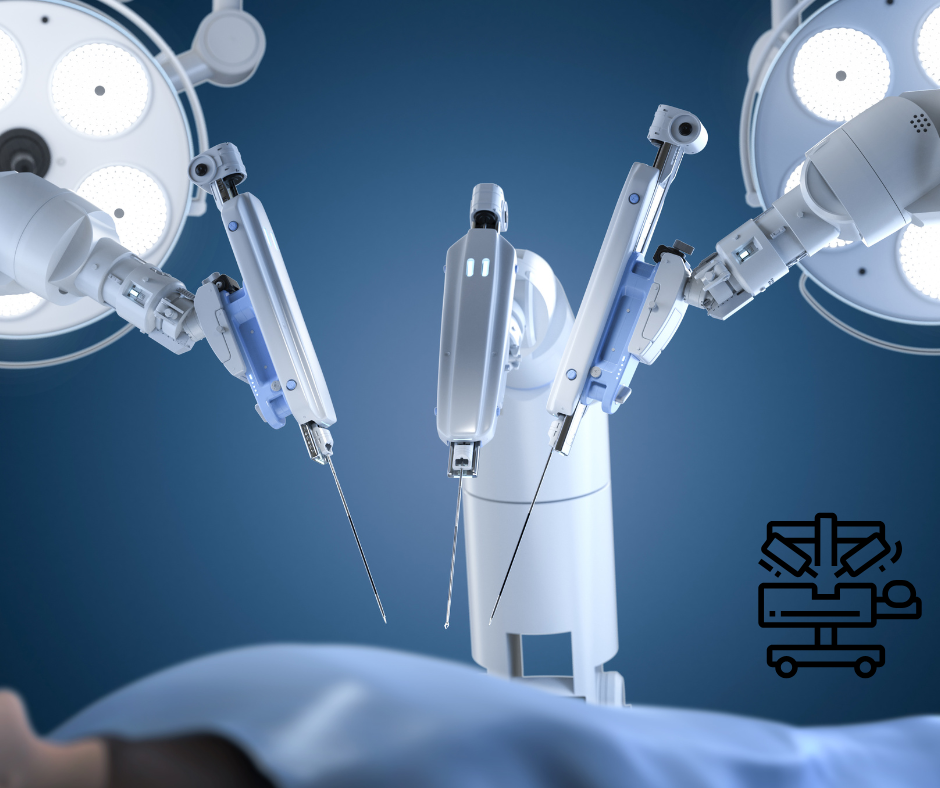개의 후각을 모방한 '전자코'로 암 조기 진단...영국 자선단체의 17년 여정
개 코 모방한 '전자코', 암 조기 진단 새 지평 연다
식당에서 시작된 실험, 이제 전립선암·대장암 등 다수 질병 탐지 성공
10년 내 상용화 목표..."개는 현존 최고의 바이오센서"
UK Charity Develops Cancer-Detecting 'E-Nose' Based on Dogs' Remarkable Sense of Smell
From Dining Room Experiment to Multi-Disease Detection: 17-Year Journey Toward Commercial Technology
Target: Market-Ready Device Within 10 Years
2008년 영국의 한 연구자가 자택 식당에서 시작한 실험이 암 조기 진단의 새로운 가능성을 열고 있다. 개가 암 냄새를 맡을 수 있다는 아이디어에서 출발해, 이제는 이를 기술로 구현하는 '전자코(e-nose)' 개발 단계까지 도달했다.
What began as a small-scale experiment in a researcher's dining room in 2008 has evolved into a groundbreaking initiative that could revolutionize early cancer detection. A UK charity is now developing an electronic nose (e-nose) based on dogs' extraordinary ability to smell cancer.
식당에서 시작된 혁신적 발상
헬스케이 브루에 따르면 동물행동학자 클레어 게스트(Claire Guest)는 2008년 자택 식당에서 개들에게 방광암(bladder cancer) 냄새를 감지하도록 훈련시키기 시작했다. 개의 후각 수용체가 수억 개에 달한다는 점(인간은 수백만 개)에 착안한 것이다.
영국 자선 연구기관 메디컬 디텍션 독스(Medical Detection Dogs)의 커뮤니케이션 책임자 제마 버틀린(Gemma Butlin)은 "소규모 연구였지만, 개들이 매우 신뢰할 만한 수준으로 암을 감지할 수 있다는 게 분명했다"고 말했다.
2010년 발표된 초기 연구 이후, 이 단체는 대장암(bowel cancer), 세균 감염, 코로나19, 요로감염(urinary tract infections), 파킨슨병(Parkinson's disease), 말라리아, 전립선암(prostate cancer) 등으로 연구 범위를 확대했다. 영국 헐대학교병원(Hull University Teaching Hospital), 밀턴케인스대학병원(Milton Keynes University Hospital), 미국 존스홉킨스(Johns Hopkins) 등에서 샘플을 수집하고 있다.
From Dining Room to Laboratory
Animal behaviorist Claire Guest started training dogs to detect the odor of bladder cancer from her dining room in 2008. Knowing that dogs possess hundreds of millions of olfactory receptors compared to humans' few million, Guest believed canines could track diseases through scent.
"Even though it was a small-scale study, it was obvious the dogs could do it very reliably," said Gemma Butlin, head of communications and people engagement at Medical Detection Dogs, Guest's UK-based research organization and charity.
The initial research, published in 2010, has since expanded significantly. The organization now studies how dogs can detect bowel cancer, bacterial infections, Covid-19, pseudomonas, urinary tract infections, Parkinson's disease, malaria, and prostate cancer. The charity collects samples from organizations including Hull University Teaching Hospital National Health Service Trust and Milton Keynes University Hospital in the UK, and Johns Hopkins in the US.
71% 민감도로 전립선암 식별
2021년 연구 결과에 따르면, 개를 활용한 전립선암 탐지 방법은 고위험 글리슨 등급 9(Gleason 9) 전립선암 식별에서 71%의 민감도(sensitivity)와 70~76%의 특이도(specificity)를 보였다.
존스홉킨스 비뇨기과·역학·종양학과 교수이자 브래디비뇨기연구소(Brady Urological Institute) 역학부문 책임자인 브루스 트록(Bruce Trock)은 "과학적으로 매우 타당하다(very legitimate)"고 평가했다.
개들은 암세포와 정상세포가 산소를 다르게 사용하고, 암세포가 더 많은 에너지와 영양분을 소비하며 "주변 세포들에게 다른 신호를 방출한다"는 점을 감지한다고 트록 교수는 설명했다.
Impressive Detection Rates
The results have been promising. According to 2021 research, the novel detection method achieved 71% sensitivity and 70-76% specificity in identifying high-grade Gleason 9 prostate cancer in samples.
"The science is very legitimate," said Bruce Trock, professor in the departments of urology, epidemiology, and oncology and director of the division of epidemiology in the Brady Urological Institute at Johns Hopkins.
Trock explained that dogs are sensing differences between noncancerous cells and cancer cells, which use oxygen differently and consume more energy and nutrients while emitting "different signals to other cells in their environment."
체계적 훈련 프로그램
개들은 생후 8주부터 훈련을 시작한다. 1년간 자원봉사자들과 사회화 과정을 거친 후 본격적인 '냄새 작업(scent work)'에 돌입한다.
훈련은 테니스공 찾기부터 시작한다. 점차 더 어려운 장소와 작은 공으로 난이도를 높이고, 결국 공의 잔여물(residue) 냄새만으로 찾도록 한다. 이후 연구 중인 질병의 냄새를 학습시킨다.
버틀린은 "현 단계에서 개들은 전통적 검사를 대체하는 게 아니라, 환자들이 의사를 만나야 할 필요성을 알려주는 1차 선별(first line of screening) 도구"라고 설명했다.
그는 "우리의 모든 작업은 조기 진단(early diagnosis)을 목표로 한다. 이런 질병들을 더 일찍 발견할수록 생존율이 높아진다"고 강조했다. 실제로 유방암은 국소 단계에서 조기 발견 시 5년 생존율이 99%에 달한다. 흥미롭게도 게스트 본인도 자신의 개 데이지(Daisy)가 자신의 유방암을 감지해 발견했다고 한다.
Systematic Training Program
Dogs ideally begin training with Medical Detection Dogs at eight weeks old, followed by one year of socialization with volunteers before starting their "scent work."
Training begins with finding a tennis ball and receiving rewards. The difficulty gradually increases with more challenging hiding places and smaller balls, eventually progressing to just residue until dogs learn to search for the odor itself. Afterward, dogs learn the scent of diseases the organization is studying.
"Dogs are not meant to replace more traditional testing but instead be a first line of screening to help patients realize they may need to see a doctor," Butlin explained.
"All of our work is geared toward early diagnosis," she added. "The earlier you can get checked out for these things, the better your survival rate is."
With breast cancer, for example, the five-year survival rate is 99% when detected early in the localized stage, according to the National Breast Cancer Foundation. Notably, Guest's own dog, Daisy, helped her detect her own breast cancer.
10년 내 전자코 상용화 목표
장기 목표는 개 없이도 질병을 감지할 수 있는 전자코를 만드는 것이다. 버틀린은 "암이 있을 것 같은 모든 사람에게 대기실마다 개를 보낼 수는 없다"고 설명했다.
이 단체는 10년간 기술기업 리얼노즈AI(RealNose.ai)와 협력해 전자코를 개발하고 at다.
버틀린은 "스마트폰이 혈압이나 수면을 측정하듯, 전자코가 남성에게 전립선특이항원(PSA) 수치가 높고 전립선암 위험이 있다고 알려줄 수 있을 것"이라며 "10년 내 완성을 희망한다"고 밝혔다.
그는 "개들은 현재 지구상 최고의 바이오센서(biosensors)다. 기술보다 앞서 있다"고 강조했다.
Road to Electronic Nose Technology
The long-term goal is to build an e-nose that can perform all the detection without actual dogs. "We're never going to be able to have enough dogs to send one into every waiting room and tell everybody who thinks they might have cancer that they should get tested," Butlin said.
The charity has worked with tech company RealNose.ai for 10 years to develop the technology.
"In the same way that your phone can scan you and tell you whether your blood pressure is high or you've had enough sleep, it might be able to tell a gentleman that his prostate-specific antigen (PSA) levels are high and he's at risk of prostate cancer," Butlin said.
While Butlin doesn't have an exact timeline, she hopes the technology will be ready within 10 years.
"It's fair to say dogs are the best biosensors on the planet at the moment. They are ahead of technology," she said.
미국서도 활발한 연구
미국에서도 위스콘신-매디슨대 수의학대학(University of Wisconsin-Madison School of Veterinary Medicine), 퍼듀대(Purdue University), 비영리단체 인시투재단(InSitu Foundation) 등이 관련 연구를 진행 중이다.
미국켄넬클럽 개건강재단(American Kennel Club Canine Health Foundation)의 CEO 스테파니 몽고메리(Stephanie Montgomery)는 "우리 임무는 모든 개의 건강 증진이지만, 많은 경우 인간에게도 혜택이 돌아간다"며 펜실베이니아대 워킹독센터(Penn Vet Working Dog Center)와 협력해 개가 다른 개의 암도 감지할 수 있는지 연구 중이라고 밝혔다.
트록 교수는 미국에서도 개발 중인 전자코가 "질병 탐지에 도움이 될 잠재력"이 있으며, 인적 오류(human error)를 제거하고 비침습적(noninvasive)이라는 장점이 있다고 평가했다.
다만 그는 "현재 사용되거나 연구 중인 다른 바이오마커들처럼, 전자코도 초기에는 현재 표준 치료법(standard of care)을 대체하기보다는 보완하는 방식으로 사용될 것"이라고 전망했다.
Growing Global Research
In the US, researchers are also working on understanding how dogs can detect disease. The University of Wisconsin-Madison School of Veterinary Medicine, Indiana-based Purdue University, and the California-based nonprofit InSitu Foundation are all developing research and tools on the subject.
Stephanie Montgomery, CEO of the nonprofit American Kennel Club Canine Health Foundation, said the group is collaborating with researchers at the Penn Vet Working Dog Center to see if dogs can detect cancer in other dogs as well.
"Even though our mission is to advance the health of all dogs, a lot of times there's benefit to humans," she said.
Future Integration with Standard Care
E-noses being developed in the US "have the potential to help in disease detection," Trock said, as they remove potential human error from the testing process and are noninvasive. However, he noted there's still the potential for false positives and the technology requires a controlled environment.
"It's likely that, just as with many other biomarkers currently in use or being investigated, e-noses will initially be used in conjunction with current standard of care methods, rather than as a replacement," he said.
The technology represents a promising frontier in early cancer detection, potentially making screening more accessible and less invasive for millions of patients worldwide




